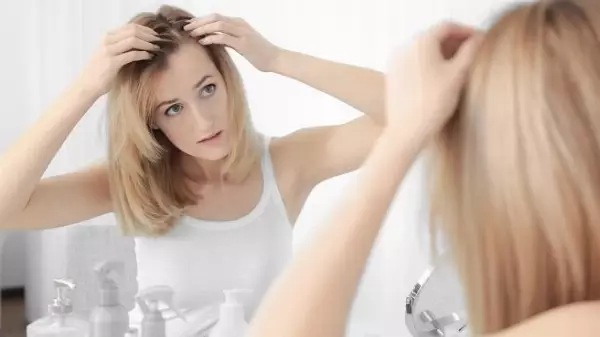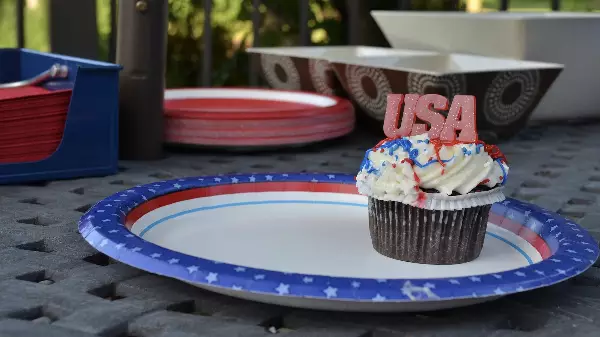Different Types Of Acne And How To Tackle Them
The key to a targeted, effective treatment is without doubt a proper diagnosis. Having determined the type of the acne we have, we also need to understand its origin and causes to tailor specific products. Let’s take a look on how each kind of this ailment looks like and how to deal with all of them efficaciously.
Before we do that, a short introduction!
Have you ever wondered what causes acne or what acne actually is? Many have come up with miscellaneous misconceptions and treatment ideas so we need to get this straight once and for all.
There is one factor which always has to be present so that the acne occurs - overstimulation of sebaceous glands. When the glands are overactive because of various reasons like e.g. hormonal imbalance, too much sebum gets excreted and multiple lesions form on our skin. Furtheremore, our skin’s got its own well - grown bacterial flora which only waits for that; sebum is perfect nutricious food for it as well as for the pathogenic bacteria that also might happen to reside on our skin’s surface and cause infections. In this particular case, it’s when pus - filled pimples are created. Now to the different types of acne!

The Noninflammatory Types Of Acne
Whiteheads & blackheads
Both do occur when too much sebum is being produced and clogs pores simultaneously. The difference between them lies in whether or not that sebum is directly exposed to air - when it is, it darkens and we have blackheads, when it isn’t, it stays white. For those try chemical exfoliating agents which will care for healthy skin turnover and get rid of the dull cells on the surface:
• peels with BHA and AHA acids
• benzoyl peroxide; try it out before longer treatment though - a relatively high percent of the population is allergic to it what might cause unpleasant irritation, pain and redness
• salicylic acid
• azelaic acid
• topical retinoids in low concentrations.
What’s extremely important in whiteheads or blackheads but also in any other type of acne is that it’s absolutely forbidden to use mechanical peels. It will only help the bacteria spread to other areas of the skin + the existing lesions will get irritated and thus worse.

The Inflammatory Types Of Acne
Papules
It’s a dermatological term for firm, hard elevations of the skin of <0,5cm diameter. They can be both in the colour of the skin or reddened. They are filled with nothing and have got no center of any kind. For this condition, topical or in more severe, recurrent cases, oral retinoids would be the best so that the skin can “rebuild”.
Pustules (the actual pimples)
It’s simply the image that pops up in our head when we think of a pimple - a bump with a center filled with pus that’s easily purulent when picked on. Most commonly it is surrounded by a red halo.
Pus is being produced when our immune cells fight bacteria - oral antibiotic would be the best choice here. Tetracyclines are the first choice drug for this condition. Topical antibiotics do not work, contrarily to many misconceptions, as they do not penetrate the lesion deep enough and do not work from within.
Nodules & cysts
Nodules and cysts are basically enlarged papules. A nodule is of <1cm diameter while a cyst has <2cm in diamater. They are located in the dermis, a deeper layer of the skin therefore it’s high probability they will result in scars after being healed. They similarly aren’t filled with any kind of exudate nor pus. Most often oral tretinoin is being used here and undoubtedly it is the most effective and harsh at the same time acne medication on the market.
How should I take care of my skin if I have acne?
It is also another myth that you should dry your skin out so that it literally becomes a desert. Drying skin out promotes sebum production even more, the relation is proportional - the more you dry it, the more sebum is excreted in the end. Look for moisturizers with non - comedogenic ingrediets - shea butter would be the safest; it’s got a round 0 on the comedogenic scale + it’s filled with healing substances like vitamin E that are also beneficial for relieving acne. Go for a basic , short list of ingredients. It’d also be advantageous if you checked online if the other ingredients of a product are comedogenic.
, short list of ingredients. It’d also be advantageous if you checked online if the other ingredients of a product are comedogenic.
updates?










0